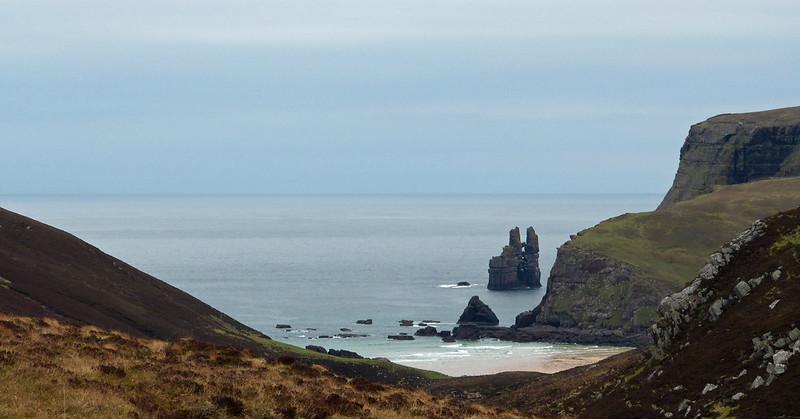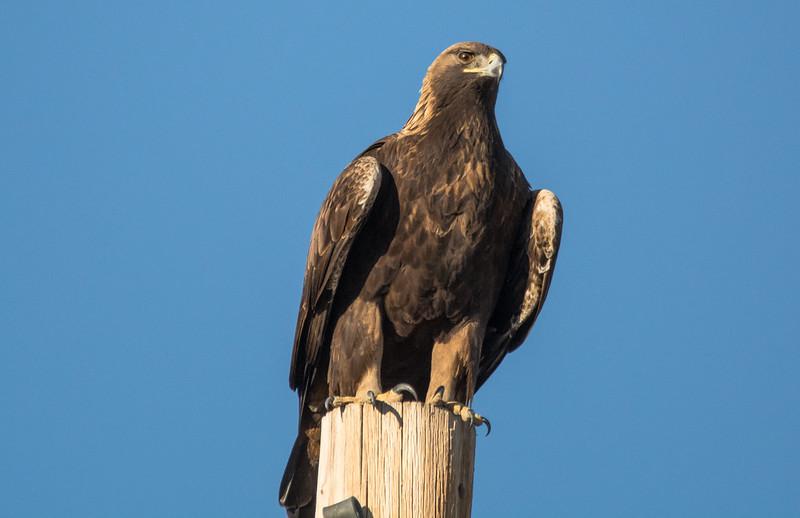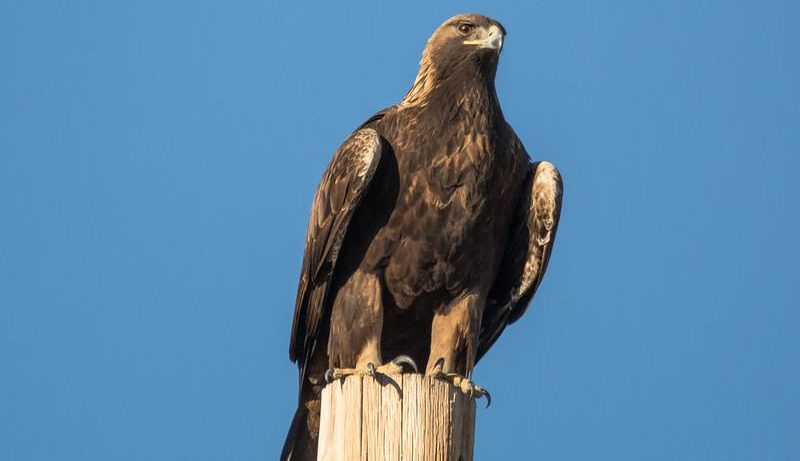A Wild, Remote Land
The United Kingdom is not particularly known for its areas of extreme wilderness. Even in Scotland, there are few places on the mainland that feel completely cut off from the rest of the country. Cape Wrath is one of them. Situated at the most north-westerly point of mainland Britain, it is believed to have been used by the Vikings as a navigation point where they would turn their ships. The Cape itself comprises over 100 square miles of remote moorland that is largely untouched by humans, with the nearest settlement being the small village of Durness.

Much of the Cape is owned by the Ministry of Defence and it is an important training ground for military operations. Despite this, the area is perfectly accessible to tourists and it is also a great place for wildlife, which benefits from the lack of human activity. The area of coastline surrounding the cape is designated as a Special Landscape Area, highlighting its importance for conservation. Visitors can expect to see a range of species on a visit to Cape Wrath, as well as spectacular coastal views courtesy of the high cliffs and rugged landscape. The weather can often be a powerful presence and the cape is frequently battered by storms, however this only adds to the sense of remoteness.
Searching for Gold
One of the best species to spot soaring above the dramatic landscapes of Cape Wrath is the Golden Eagle. One of Scotland’s largest species of birds, with wingspans measuring over 2 metres, the Golden Eagle is widespread across much of Europe, Asia and North America. Remote, rocky habitats are their preferred locations and this is why northern Scotland in particular is a great place to find them. These majestic birds are most often seen gliding above mountains or moorland, as they use their keen eyesight to detect potential prey. They will usually appear to be very unhurried while doing so, allowing you the chance to watch them at your leisure.
When a Golden Eagle does spot dinner, however, they can sometimes reach aerial speeds of over 100 miles per hour in pursuit of their prey. While they will sometimes feed on dead carcases, their diet consists largely of hares and rabbits, which they catch using their incredibly sharp talons. Golden Eagles maintain large home ranges and will defend their territories from other eagles using impressive aerial displays. It is believed that Golden Eagles are actively breeding on the Cape Wrath peninsula and so visitors might have the opportunity to encounter young eagles. Top tip for spotting Golden Eagles on Cape Wrath: keep an eye out for dark shapes circling high in the skies.

Thriving Wildlife
Wildlife often thrives with little human disturbance, and this is exactly the case on the Cape Wrath peninsula. The tall cliffs are popular among seabirds, especially in the breeding season during late spring. This can be one the best times to visit the area and you can expect to see Kittiwakes, Razorbills and even Puffins. To find the latter, keep an eye out for grassy slopes where the Puffins might be nesting. Other birdwatching highlights on Cape Wrath include Rock Pipits, Gannets and the occasional Arctic Skua.
Ocean life is also common and there are good chances to see a range of marine mammals from the coast. Four species of dolphin have been sighted from Cape Wrath, as well as the largest species in the dolphin family – the Killer Whale. Common dolphins, living up to their name, are the most frequent species seen. Along with the peninsula’s marine mammals, there are also a range of species to be found on land. Red Deer can be seen roaming the moors in large herds and the areas of bog can be popular among amphibian species such as frogs. Cape Wrath is one of the last remaining wildernesses in the British Isles and is an ideal destination to experience the remote isolation of the Scottish Highlands.

